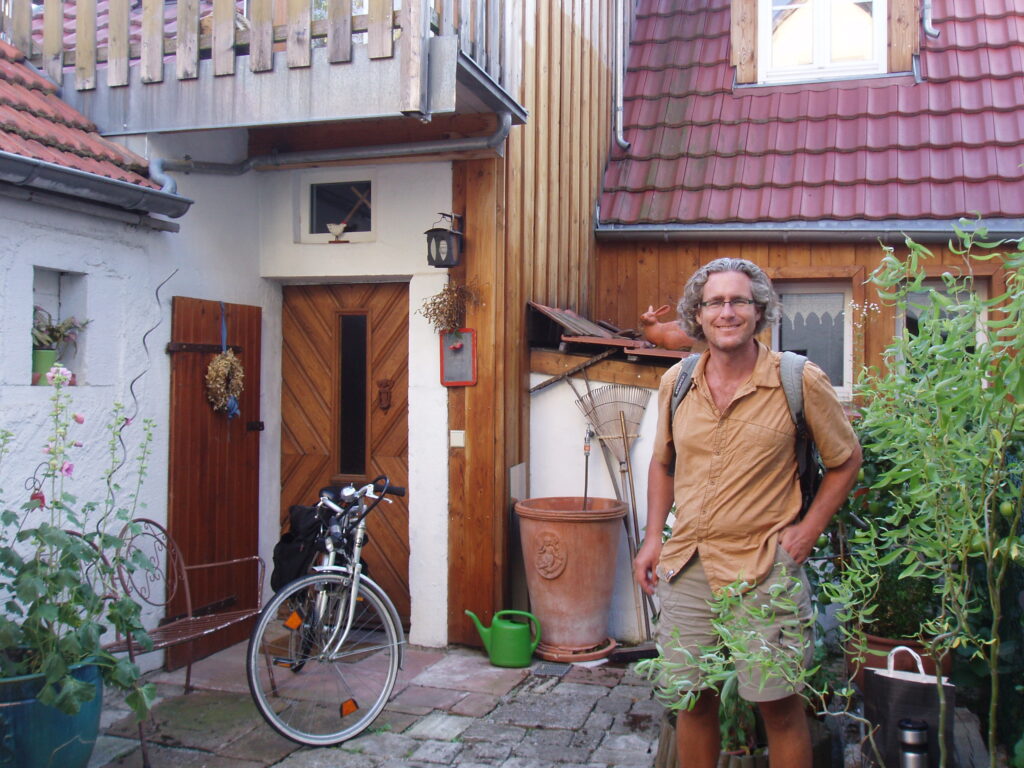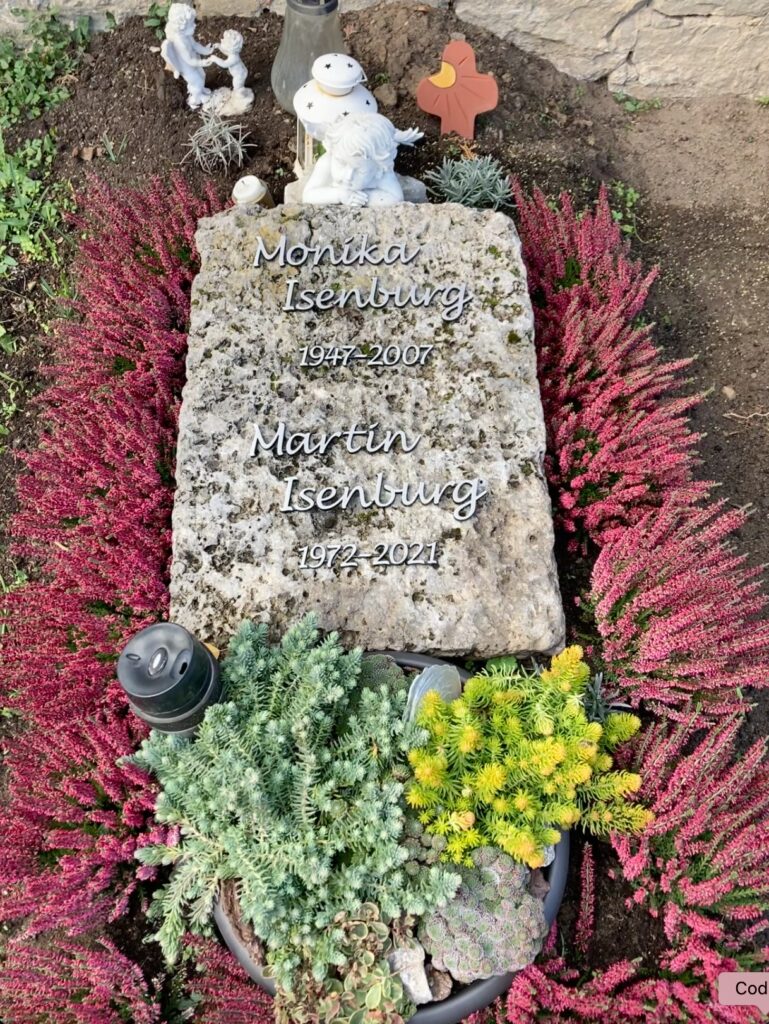LIDAR Magazine had the privilege to be the guest of Rapidlasso GmbH on a trip to Germany, to unravel details of Martin Isenburg and his company, providing more than the tribute by Howard Butler published after Martin’s death[1].We were accompanied by Jorge Delgado Garcia, professor of engineering cartography, geodesy and photogrammetry, Universidad de Jaén, Spain, and Nelson Mattie, CEO of LiDAR Latinoamérica, Santiago de Chile, Chile, and PhD candidate, University of Alberta, Edmonton, Canada, Jorge and Nelson are enthusiastic practitioners who make extensive use of drones as well as LAStools software, especially in Latin America.

Dr. Martin Isenburg in front of his home in Sommerhausen, Bavaria, Germany, in 2011 after he had returned from California and his health had recovered. Amazingly, the house has no Internet, so Martin grazed the neighborhood in search of signals and made good use of wifi on the trains he took to and from Frankfurt airport on his frequent travels.
What a pleasure to be in the beautiful countryside east of Frankfurt! Serendipitously, we were lodged in the town of Neu-Isenburg (not eponymous!) and drove to the idyllic, historic settlement of Sommerhausen, where Martin lived in the house of his mother, who died in 2007. We explored the tiny abode, noting Martin’s preference to work, eat and sleep in just the kitchen and living area, heated by an old, wood-burning stove, and the stack of conference badges from events Martin attended in the year or two before his death. His frugality and his wish to leave as little impact on the planet as possible were clearly visible in his home.
Sommerhausen lies on the river Main, just east of the border between Hesse and Bavaria. There Martin taught himself his paddleboard skills, later tweaked in more exotic climes. The town is in the Franken wine region – we relished the views of vines on sunlit hillsides as we walked from Martin’s home to his resting place in the town cemetery. After cremation in Sámara, Costa Rica, Martin’s remains were flown home and he is buried beside his mother. The simple stone bears their names, in steel crafted by Martin’s father, Dieter. His omnipresent coffee mug is embedded in the plants that surround the stone.

Martin Isenburg’s grave in Sommerhausen, a municipality and market town in the district of Würzburg in Bavaria, Germany.
The quiet, uncomplicated scene, as we stood, first in silence, then in discussion of Martin’s life, finally brought home to us that he has gone. His contributions live on, of course, in his writings and the Rapidlasso products, but his genius is with us no longer.
The company and the patents have been inherited by Dieter. With the help of Silke Kämmerer, Martin’s power-of-attorney for more than ten years, who stepped into the role of CEO after his passing, we are preparing an article that will tell Martin’s story in straightforward terms, putting to rest any rumors or exaggerations that may have been fueled over the years. This will also describe the Rapidlasso product line – LAStools, LASzip and BLAST – and the company’s ambitious plans for the future. So far, a new website has been constructed[2], a customer database created afresh and various product improvements made, especially a new GUI and a Linux version of the code. We left Sommerhausen and prepared to travel to Essen for the massive Intergeo event, where the Rapidlasso booth played an important role in the ongoing efforts to make customer contact, provide reassurance and communicate that life won’t be the same without Martin, but the products are blossoming.
[1] https://lidarmag.com/2021/10/30/in-memoriam-martin-isenburg-1972-2021/